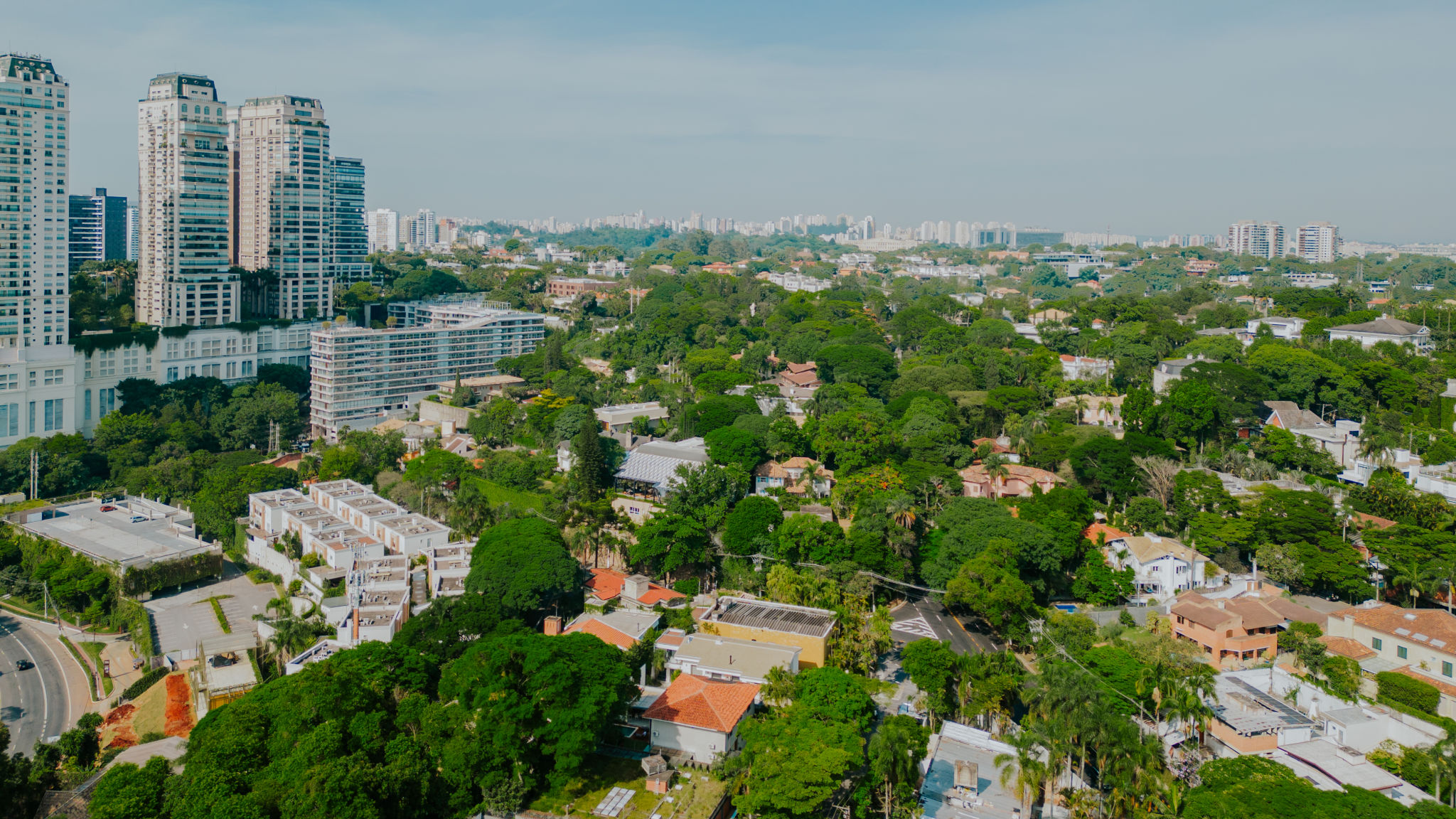Smart Cities Explained: How Technology Improves Urban Living
Understanding Smart Cities
The concept of smart cities has gained traction as urban areas seek innovative ways to enhance the quality of life for their residents. Essentially, a smart city leverages technology and data to optimize resources, improve infrastructure, and create more sustainable environments. These urban areas use a combination of Internet of Things (IoT) devices, big data, and artificial intelligence to deliver efficient services and foster a higher standard of living.
In smart cities, data is collected from various sources, such as sensors and connected devices, to make informed decisions about urban management. This data-driven approach allows city planners to address challenges like traffic congestion, pollution, and energy consumption more effectively.

Enhancing Urban Mobility
One of the most significant advantages of smart cities is improved urban mobility. With the integration of smart traffic management systems, cities can reduce congestion and shorten commute times. IoT sensors and cameras monitor traffic flow, allowing traffic lights to adjust in real time, prioritizing smoother vehicle movement.
Public transportation systems also benefit from smart technology. Real-time tracking apps provide passengers with up-to-date information on bus and train schedules, reducing wait times and enhancing the commuter experience. Additionally, ride-sharing and bike-sharing platforms contribute to more flexible and sustainable urban transit options.

Enhancing Public Safety
Smart cities are transforming public safety by utilizing advanced technologies like surveillance cameras, drones, and emergency response systems. These tools help law enforcement agencies monitor and respond to incidents swiftly. With predictive analytics, cities can anticipate crime patterns and deploy resources more effectively.
Moreover, smart lighting systems can adjust brightness based on pedestrian activity, enhancing safety in public spaces while conserving energy. These innovations ensure that residents feel safer and more secure in their urban environments.
Promoting Sustainability
In the face of climate change, sustainability has become a priority for urban planners. Smart cities are at the forefront of promoting green initiatives through efficient energy management and waste reduction. Smart grids optimize energy distribution, reducing consumption and integrating renewable energy sources.

Waste management systems in smart cities utilize sensors to monitor trash levels, ensuring timely collection and reducing overflow. Furthermore, green building practices and sustainable urban planning contribute to lowering the carbon footprint of these cities.
Improving Healthcare Access
Smart cities are revolutionizing healthcare by facilitating better access to medical services. Telemedicine platforms allow residents to connect with healthcare professionals remotely, reducing the need for physical visits and easing the burden on medical facilities.
Additionally, wearable health devices collect real-time data that can be shared with healthcare providers, enabling proactive monitoring and personalized care. These advancements ensure that healthcare services are accessible and efficient, contributing to the overall well-being of urban populations.

Conclusion
Smart cities represent the future of urban living, where technology and innovation come together to improve the quality of life. By addressing key challenges like mobility, safety, sustainability, and healthcare, these cities are setting a new standard for urban environments. As more cities embrace smart solutions, the potential for a better, more connected world becomes increasingly attainable.
